International and Regional Economic Cooperation in ASEAN Countries

This is a selection of resources on international and regional economic cooperation in ASEAN countries available from the NLB catalogue or the Internet and is not meant to be an exhaustive list.
NLB print and digital resources
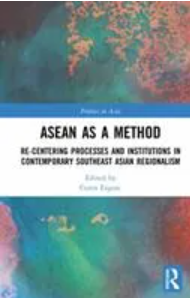
ASEAN has long been established as an authoritative example of alternative ways of regional institutionalization. This book proposes that an understanding of ASEAN - its development and institutionalisation - is invaluable to the conception of International relations theory in the Asian context.
All rights reserved. Abingdon, Oxon; New York, NY: Routledge, 2021
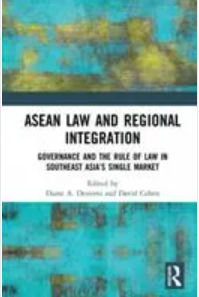
ASEAN law and regional integration: Governance and the rule of law in Southeast Asia’s single market
This book examines the practical, doctrinal, legal, and policy aspects of the ASEAN Law and its consequences for realizing rule of law-based development in Southeast Asia’s emerging single market and production base. The book also investigates the regional law-making under ASEAN before and after the integration in 2015, the nature of ASEAN’s economic regulators, as well as the evolving structure for enforcement and harmonization of “ASEAN Law”.
All rights reserved. Abingdon: Routledge, 2020
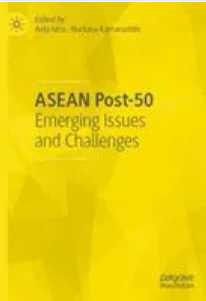
ASEAN post-50: emerging issues and challenges
This book considers some of the contemporary issues and challenges faced by ASEAN in its journey towards more cohesive and dynamic regional integration. Among the topics explored are ASEAN’s evolving partnerships with its key strategic partners including China and the United States on economic policies and strategies, educational systems and frameworks, migration and environmental threats.
All rights reserved. Singapore: Palgrave Macmillan, 2020
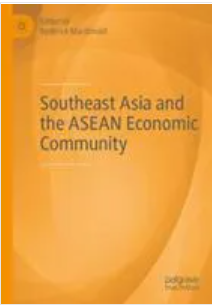
Southeast Asia and the ASEAN economic community
This book is an introduction to the ASEAN Economic Community and provides both economic profiles of the member nations and an explanation of the Community itself. It also discusses the impact of China on the AEC. The book is a starting point for research into the region or into any member country, whether for academic or for business purposes.
All rights reserved. Basingstoke: Palgrave Macmillan, 2020
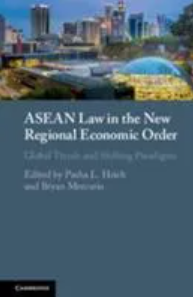
ASEAN law in the new regional economic order: global trends and shifting paradigms
This book explores the concept of ASEAN law under the normative framework of the new regional economic order. It examines the roadmap of the new ASEAN Economic Community Blueprint 2025 by evaluating the impact of ASEAN trade agreements on domestic legislation on professional services, financial integration, investment disputes and digital trade.
All rights reserved. Cambridge, United Kingdom; New York, NY, USA: Cambridge University Press, 2019

SMEs and economic integration in Southeast Asia
SMEs account for about 97-99 per cent of total enterprises and 60-80 per cent of total employment in ASEAN countries. SME’s participation is thus crucial for achieving greater regional economic integration amongst ASEAN countries. SMEs are, however, often constrained by many disadvantages that limit their abilities to become importers and exporters. This book examines selected ASEAN country studies on the participation of SMEs in regional economic integration.
All rights reserved. Singapore: ISEAS, 2019
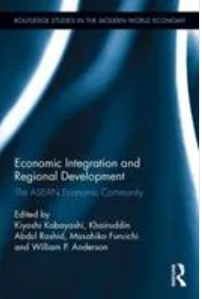
Economic integration and regional development: the ASEAN economic community
This book examines the ASEAN Economic Community and its opportunities and challenges. It looks at the impacts of economic integration, trade structure and economic interlinkage among these countries through case studies. The book utilizes theories to further examine areas such as trade, cross-border infrastructure, border management, and the regional development in terms of trade liberalization and foreign labour.
All rights reserved. Abingdon, Oxon; New York, NY: Routledge, an imprint of the Taylor & Francis Group, 2018
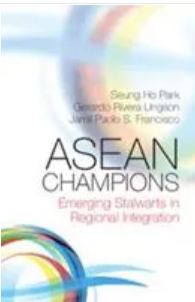
ASEAN champions: Emerging stalwarts in regional integration
The ASEAN Economic Community is set to become the seventh largest economy in the world. Launched in December 2015, the AEC unveiled initiatives to create a single market and production zone, a competitive and equitable region, and integrated links to the global economy. The book provides insights for future firm and government-led strategies to enhance the integration process by complementing current narratives that focus on macroeconomic, socio-political, and trade considerations.
All rights reserved. Cambridge: Cambridge University Press, 2017
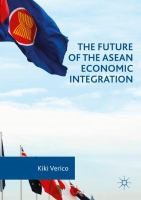
The future of the ASEAN economic integration
This book examines the various economic agreement levels from the ASEAN Free Trade Area (AFTA), Bilateral Free Trade Agreement (BFTA) and the ASEAN Economic Community (AEC) to financial integration in ASEAN.
All rights reserved, London: Palgrave Macmillan, 2017.
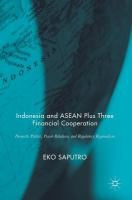
Financial regionalism in East Asia has stimulated a transformation in Indonesia’s national regulatory framework. This book explores how new financial alliances and regulatory frameworks will bring economic growth to Indonesia.
All rights reserved, Singapore: Palgrave Macmillan, 2017.
You May Also Like
Forging the ASEAN Economic Community, 2015 to 2016 and Beyond.
The article focuses on the future of ASEAN and expectations of the ASEAN Economic Community (AEC). Topics discussed include expected contributions of the AEC to the private sector, the role to be played by the private sector in forming the AEC, and challenges faced in establishing the AEC. It also looks at technology as an enabler for economic integration and activity.
Retrieved from EBSCOhost business source complete database. (mylibrary ID is required to access this database)

